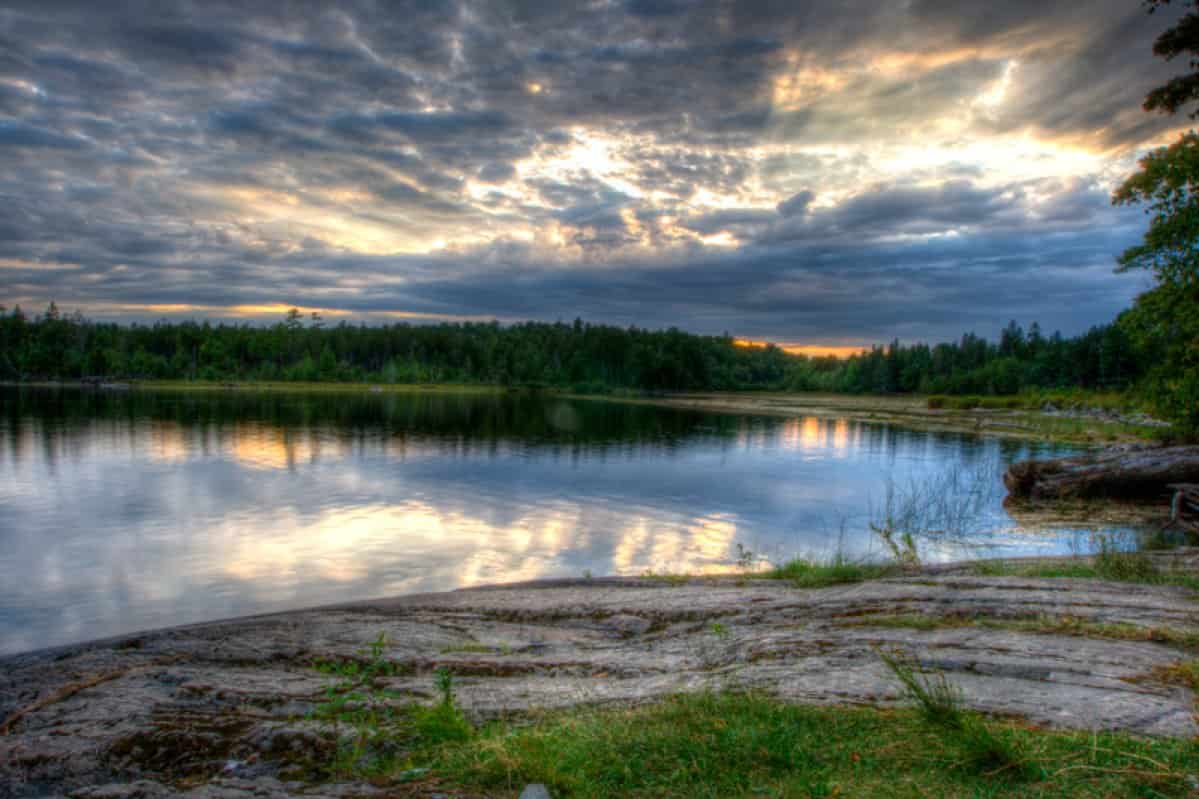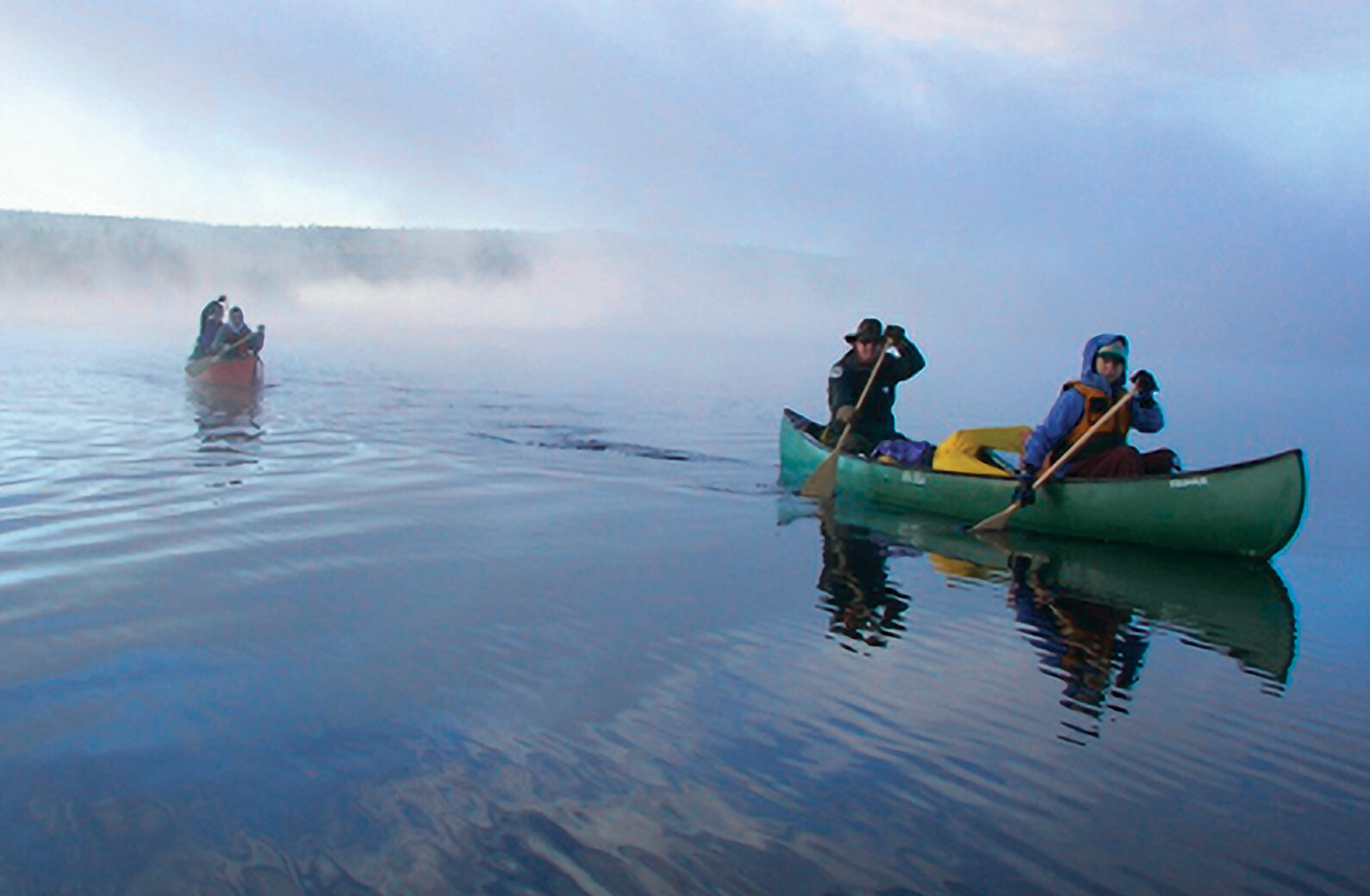Allagash Wilderness Waterway
The most stunning wild waterway preserved in a forever natural state.
The Allagash River and the lakes and ponds that join it were once a distant, commercial highway through the faraway heart of Maine’s northwestern forest. Lumbermen cut and floated countless logs down its waters to market. Today, the Allagash carries something else: canoeists and kayakers traveling the farthest reaches of the North Maine Woods seeking solitude and adventure.
The Allagash Wilderness Waterway, established by the State of Maine and part of the National Wild and Scenic River System, is 92 miles long and a classic of Eastern paddling. Boaters can take the entire route and spend more than a week on the water. Or, they can take shorter, multi-day trips. However long the journey, paddlers traverse broad, beautiful (and sometimes windy) lakes along with river sections that burble slowly or chatter with Class II whitewater.
A Waterway So Untouched
Besides the splendid boating, the Allagash offers some prime Maine fishing habitats. Either from the boat or the shore, anglers can hook wild native brook trout, lake trout and lake whitefish. And in winter, the Allagash is prime country for ice fishing and for the snowmobiles that bring the anglers to the fishing spots.
The river, lakes, ponds and streams that make up the Waterway are still surrounded by working commercial forest; if you come, you’ll drive to the river on logging roads. But the Waterway was designed to shield paddlers from the outside world. Signs of current civilization are few. Campgrounds along the water are plentiful but offer few amenities. You’ll get tent spaces, poles for tarps, an outhouse and a picnic table or two. This is backcountry camping. Moose outnumber working cellphones.
A journey north on the Allagash is also a journey through the past. Old logging and lumber equipment is scattered throughout the trees. Included in that rusting gear is a tramway that once dragged logs through the forest and two locomotives, resting where they were left, from the defunct Eagle Lake & West Branch Railroad, which hauled hundreds of thousands of cords of wood.
Running the Allagash is a lifetime ambition for many paddlers. It can be a daunting one. Good planning is vital since travelers need to bring everything they need for the journey. There are no Walmarts on the banks of the Allagash.
Because of its challenges and remote character, the Allagash is probably best enjoyed by experienced paddlers – if they’re going by themselves. Neophytes can enjoy it on guided trips. On such journeys, planning and logistical issues are solved by the guides, who also lead the trips. Check out companies such as Allagash Canoe Trips, Allagash Guide Service, Canoe the Wild, Mahoosuc Guide Service and Northwoods Outfitters.


